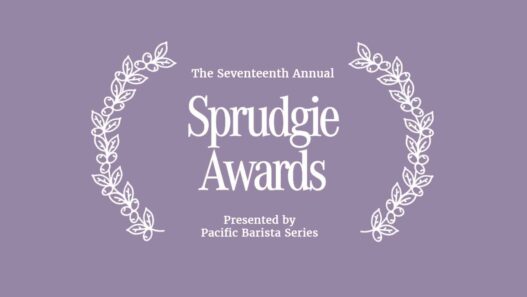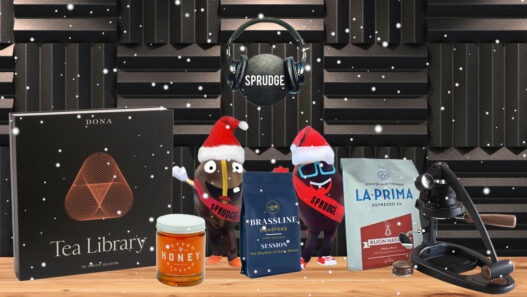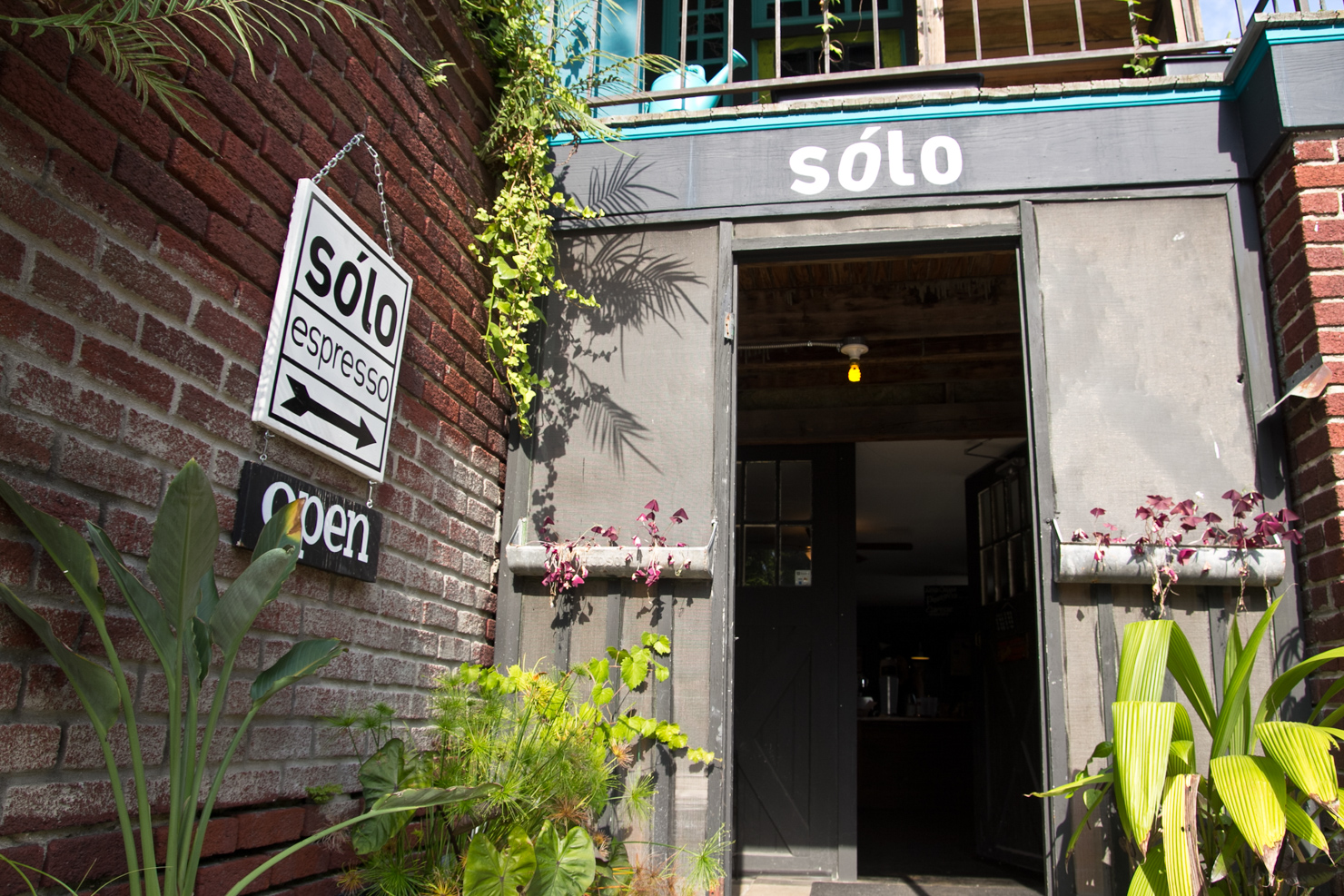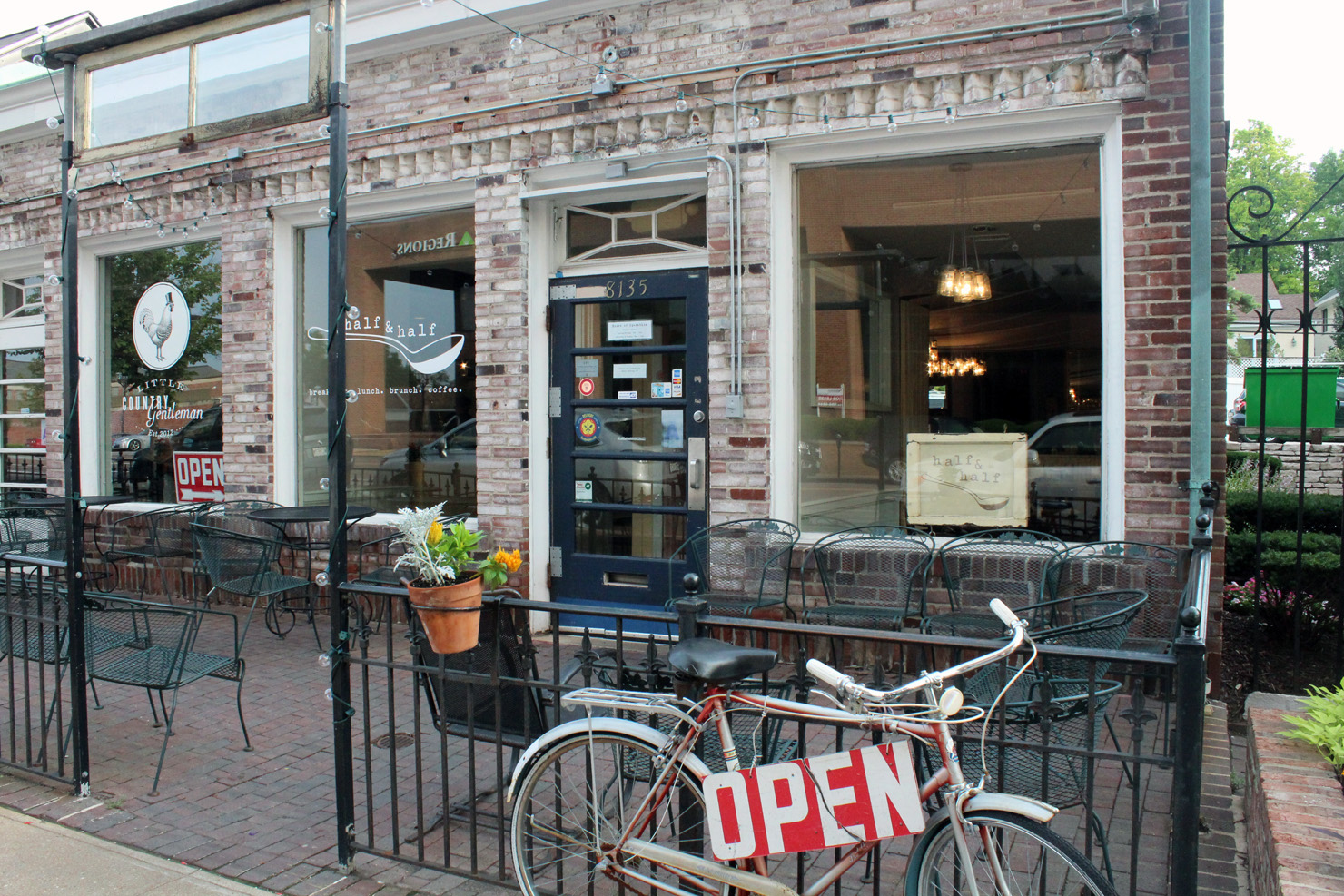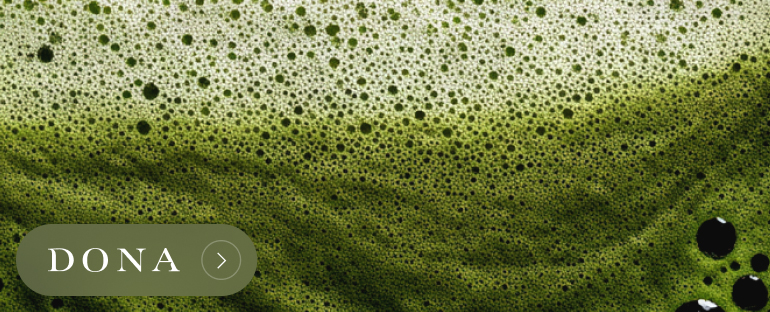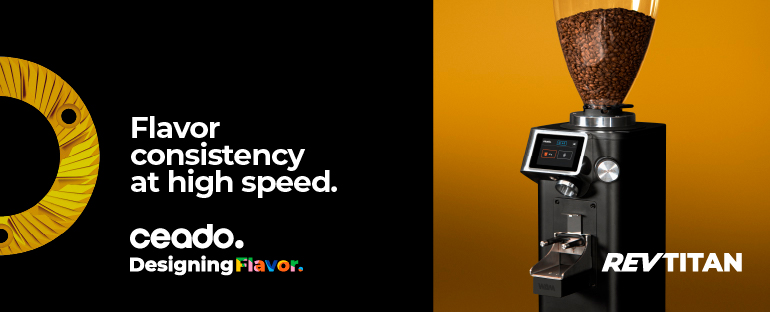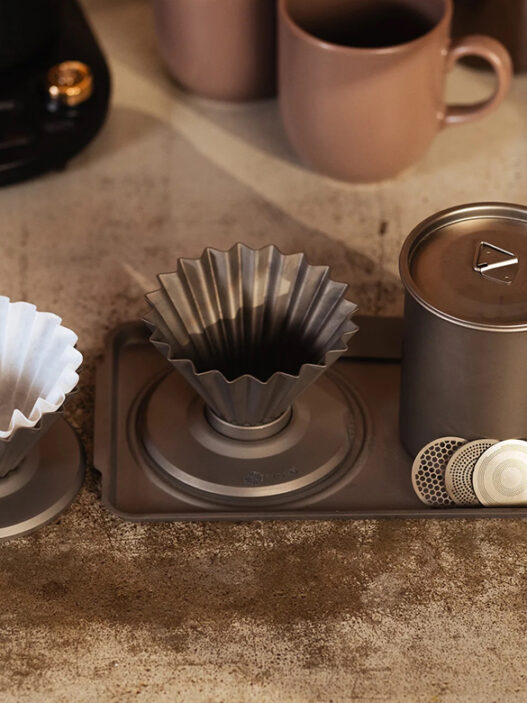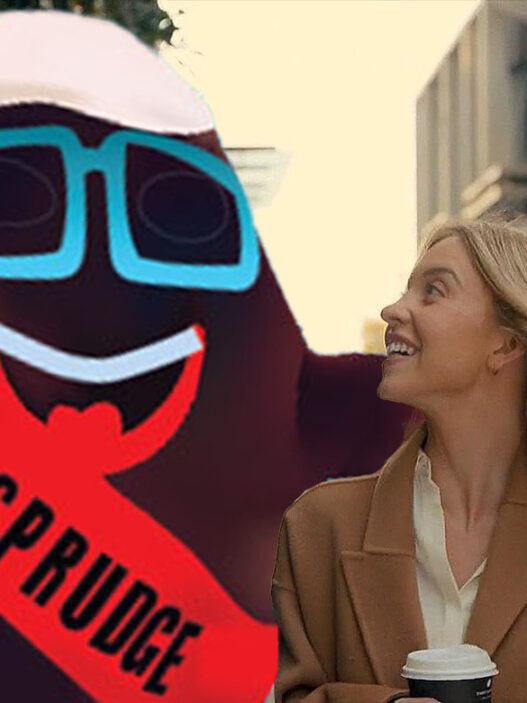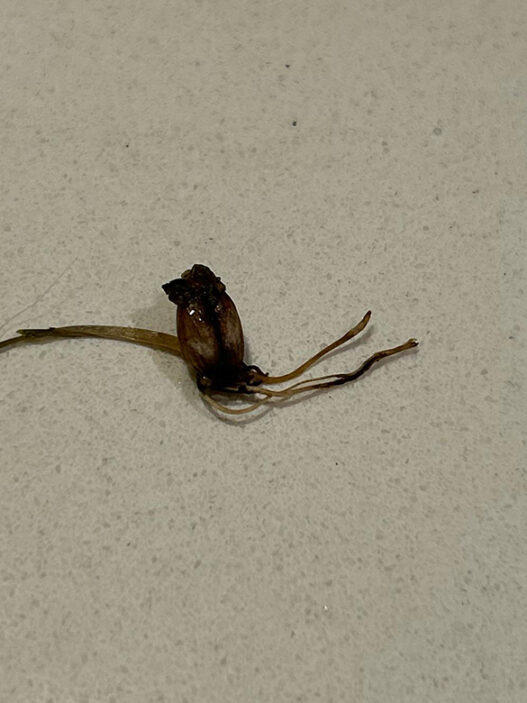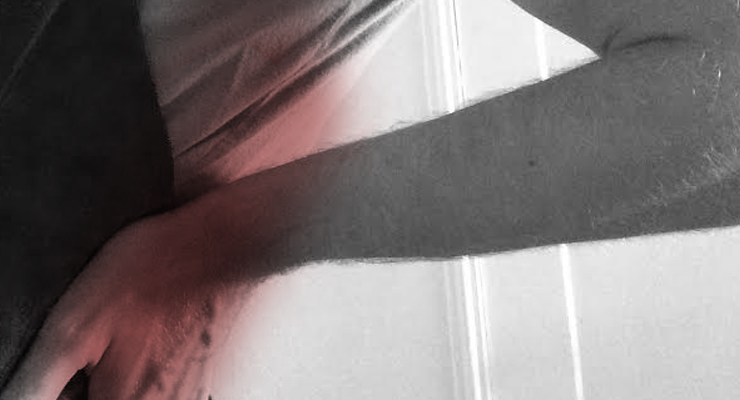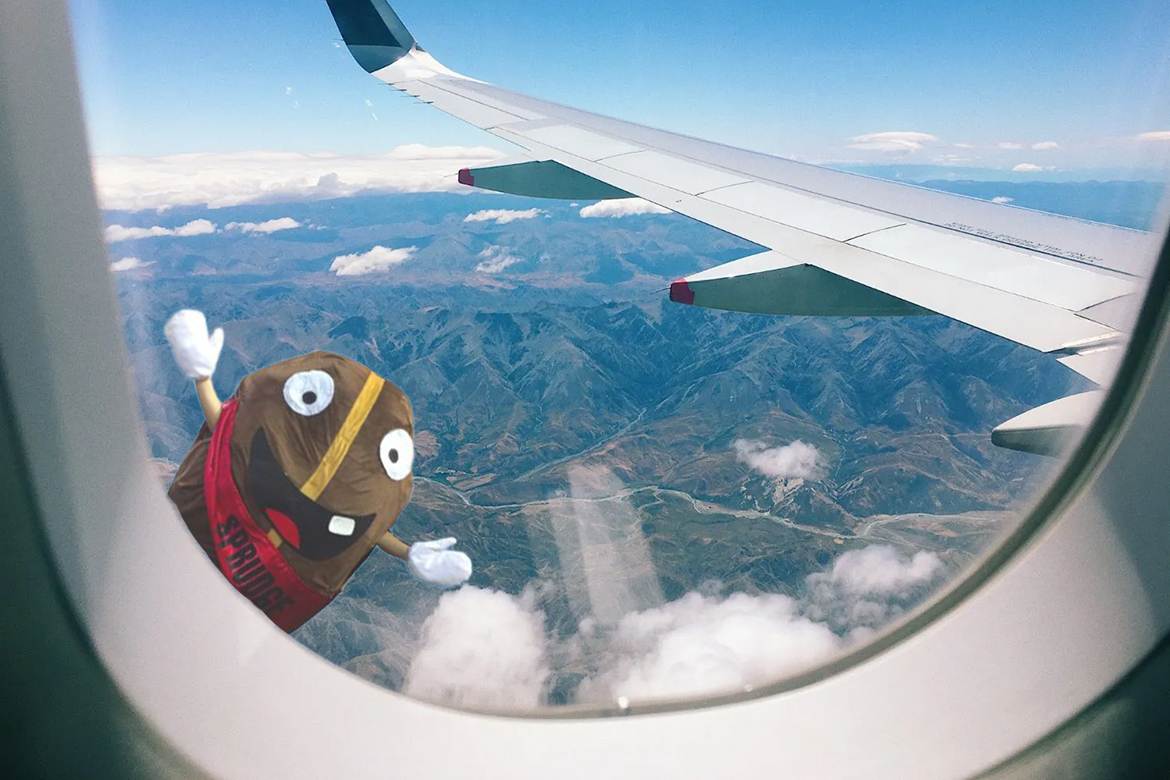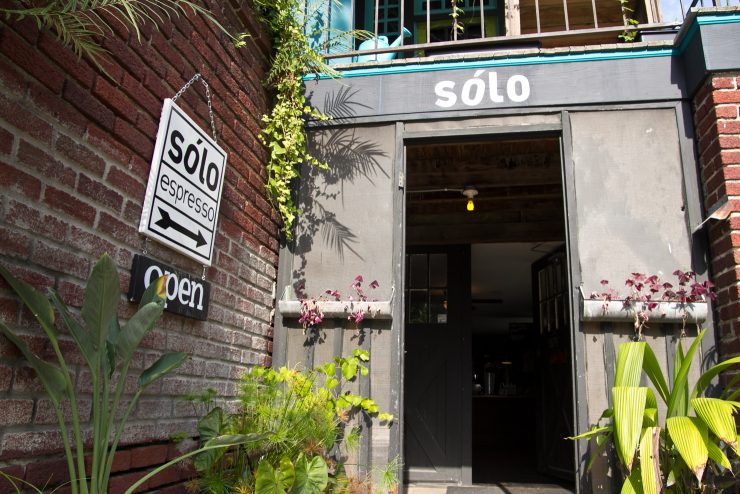 New Orleans is a city that loves to eat and drink. Well. A mix of French, Spanish, African, and Native American cultures, New Orleans is a culinary melting pot of transatlantic influence producing the inimitable Creole cuisine for which the city is famous. And while the city’s philosophy on imbibements is perhaps better known for its more libertine qualities, the cocktail scene is one of the most influential in the country, birthing a handful of classic tinctures found on just about every cocktail menu; if you’ve ever had a Sazerac or a Vieux Carré, you can thank NOLA.
New Orleans is a city that loves to eat and drink. Well. A mix of French, Spanish, African, and Native American cultures, New Orleans is a culinary melting pot of transatlantic influence producing the inimitable Creole cuisine for which the city is famous. And while the city’s philosophy on imbibements is perhaps better known for its more libertine qualities, the cocktail scene is one of the most influential in the country, birthing a handful of classic tinctures found on just about every cocktail menu; if you’ve ever had a Sazerac or a Vieux Carré, you can thank NOLA.
Unfortunately, the coffee tradition in New Orleans isn’t quite as robust. Unless you count chicory, which I most certainly do not. But little by little, specialty coffee is beginning to find footing in the city. One of the elder statesmen in this movement is Sólo Espresso. Along with a small but growing number of other shops, Sólo is helping the coffee scene catch up to the rest of New Orleans’ flavor-based endeavors.
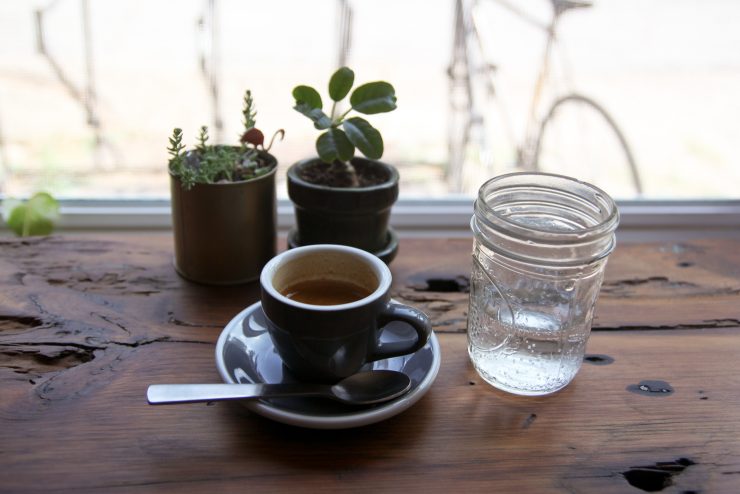
Nestled in the southeast corner of Urquhart Street and Poland Avenue, Sólo Espresso resides in the first floor of a 75-year-old house—a common phenomenon amongst New Orleans businesses—in the Upper Ninth Ward, the neighborhood owner Lauren Morlock has called home since she moved here six years ago. “My partner and I bought the building in August 2012 with the intention of one day putting a business in it. We just didn’t expect it to happen so quickly, but it was sort of organic so we rolled with it,” says Morlock. Sólo was originally meant to be a pop-up at a bar in the Bywater, but when that fell apart, Morlock simply began running her cafe as a basement speakeasy before opening full-time in the spring of 2014.
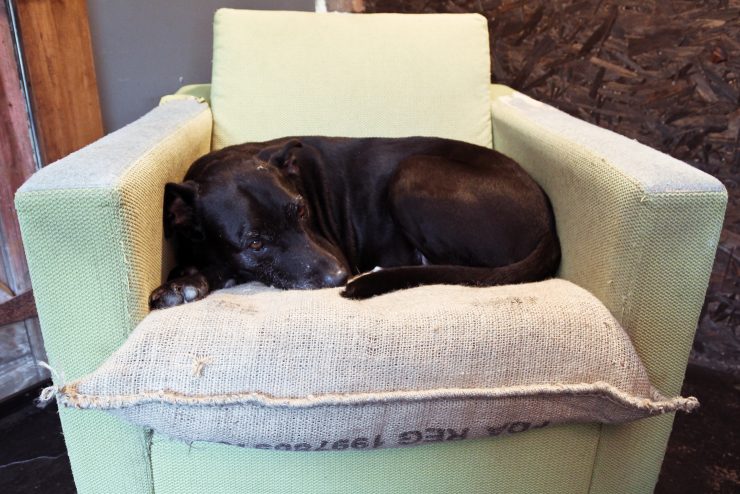
The space is small—only 400 square feet—but is overflowing with remnants of a New Orleans past. Through the original barn doors still serving as the house’s entrance (and just past Shinobi, the 11-year-old black Labrador mix normally found lounging on a repurposed coffee sack atop a cozy yellow throne next to the door), sits a banquet table made of 100-year-old bargeboard, remnants of a once-common New Orleans building practice. Around the turn of the century, most shipping into New Orleans came down the Mississippi River via wooden barge. Since navigating the ships back upriver was impractical, the barges were torn apart and used to make housing. With those houses aging off, that same wood has since been re-reclaimed, from barge to house to table.
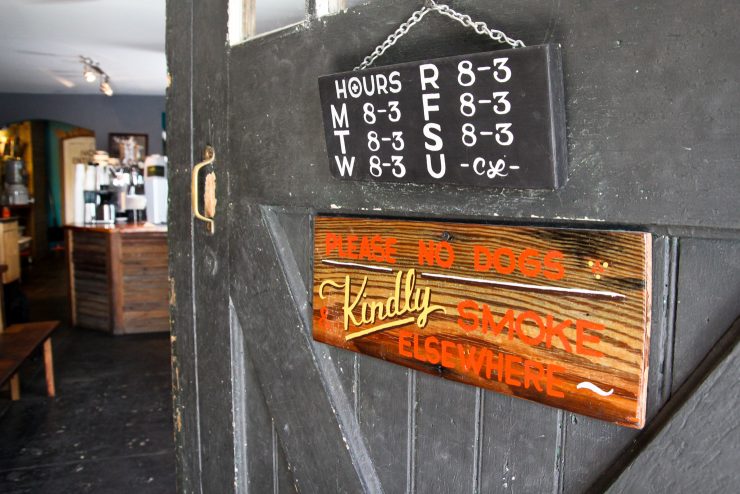
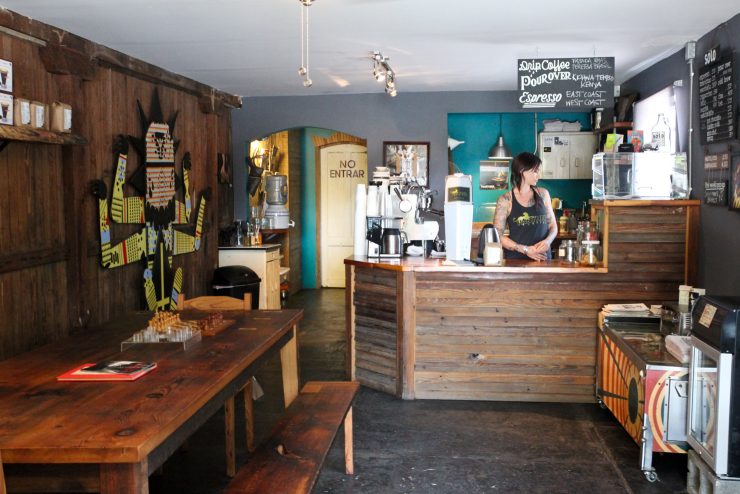
Just beyond the table, the house’s original exterior wood paneling lines the northern wall. It is water-stained up to about knee height, a permanent scar of the devastation left by 2005’s Hurricane Katrina. But knee height isn’t so bad; other parts of the Ninth Ward were hit much harder, getting almost fully submerged.
The coffee bar is not without history either, though not quite to the extent of the rest of the interior. On the leftmost side of the L-shaped coffee bar—more bargeboard on top of original exterior paneling—sits a Frankenstein’s monster of a first-generation Synesso Cyncra; the silver two-group espresso machine was the 73rd (!) of its kind ever made, but was completely rebuilt using parts from machines #8 and #13 thanks to the less-than-fastidious previous owner. A black Mazzer Major and a black Mahlkönig K30 Air serve as Sólo’s espresso grinders. During my visit, they were dispensing Panther Coffee’s sister blends—the East Coast, their more traditional, chocolatey espresso, and the West Coast, a modern, fruit-forward blend.
For manual brew, Sólo utilizes Chemex and Clever drippers as their primary methods. Adorned with a giant Panther Coffee sticker, a silver Mahlkönig grinder stands at center mast of the entryway-facing brew bar and serves as the grinder for all non-espresso coffees. As with the espresso program, Sólo offered a choice between Panther-roasted coffees—a naturally processed Brazil from Fazenda Irmas Pereira and the fully washed Kichwa Tembo from Kenya.
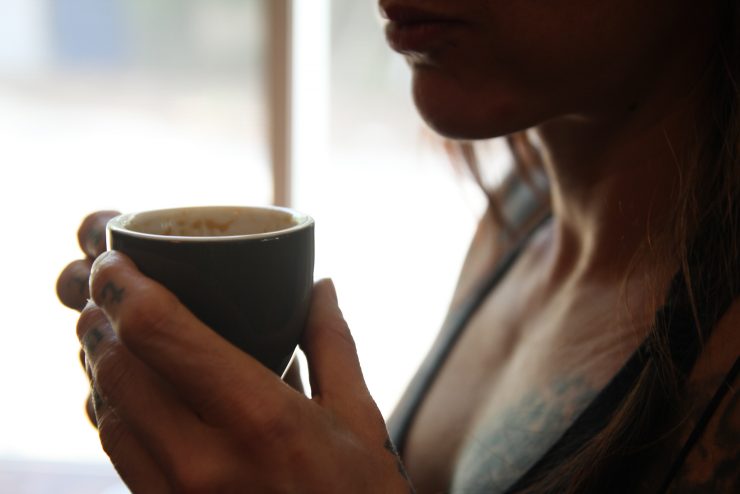
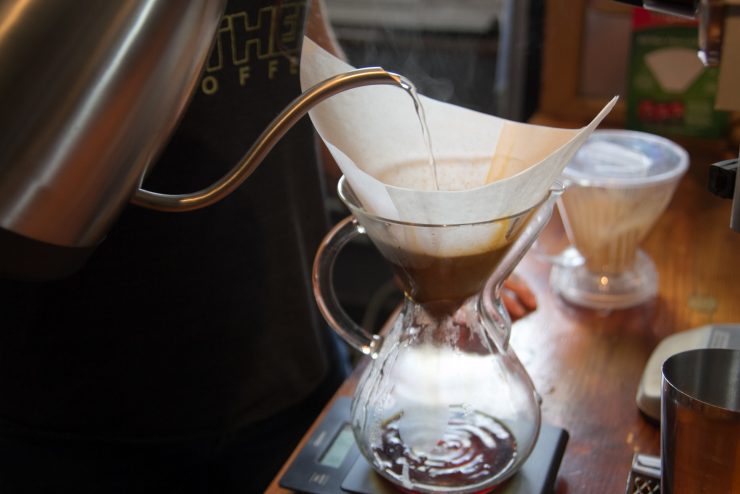
Morlock’s approach to her coffee program is one of simplicity. “I don’t ever want anyone to feel intimidated when ordering,” she says. “I want to educate people about the coffees, processes, roasts, extraction, etcetera, so they know what they’re drinking. Hopefully they will feel a little more connected and have a different perspective on coffee.”
New Orleans is a city that is proud of its traditions and one that takes an active role in making sure they thrive—just take a look at the number of cocktail bars claiming to have the best “Classic Sazerac.” Which is not to say the city lacks innovation. In fact the opposite is true, but primarily in already established cultures, like dining and cocktails. For a new scene, e.g. specialty coffee, breaking into the mainstream can be daunting. It takes time for it to become part of the fold, to be reborn as part of the already existing tradition that NOLA heralds. But it is happening. When I visited a few years ago, I could only find one good shop to visit (and it was because I knew the barista). Now, there are a handful of quality-minded cafes, with a few more rumored to be over the horizon. And when the New Orleans coffee scene is popping off, and it will—the city loves flavor too much for it not to—shops like Sólo will be the ones to thank.
Zac Cadwalader is a Sprudge.com staff writer based in Dallas, Texas. Read more Zac Cadwalader on Sprudge.
Photos by Beau Patrick Coulon.




